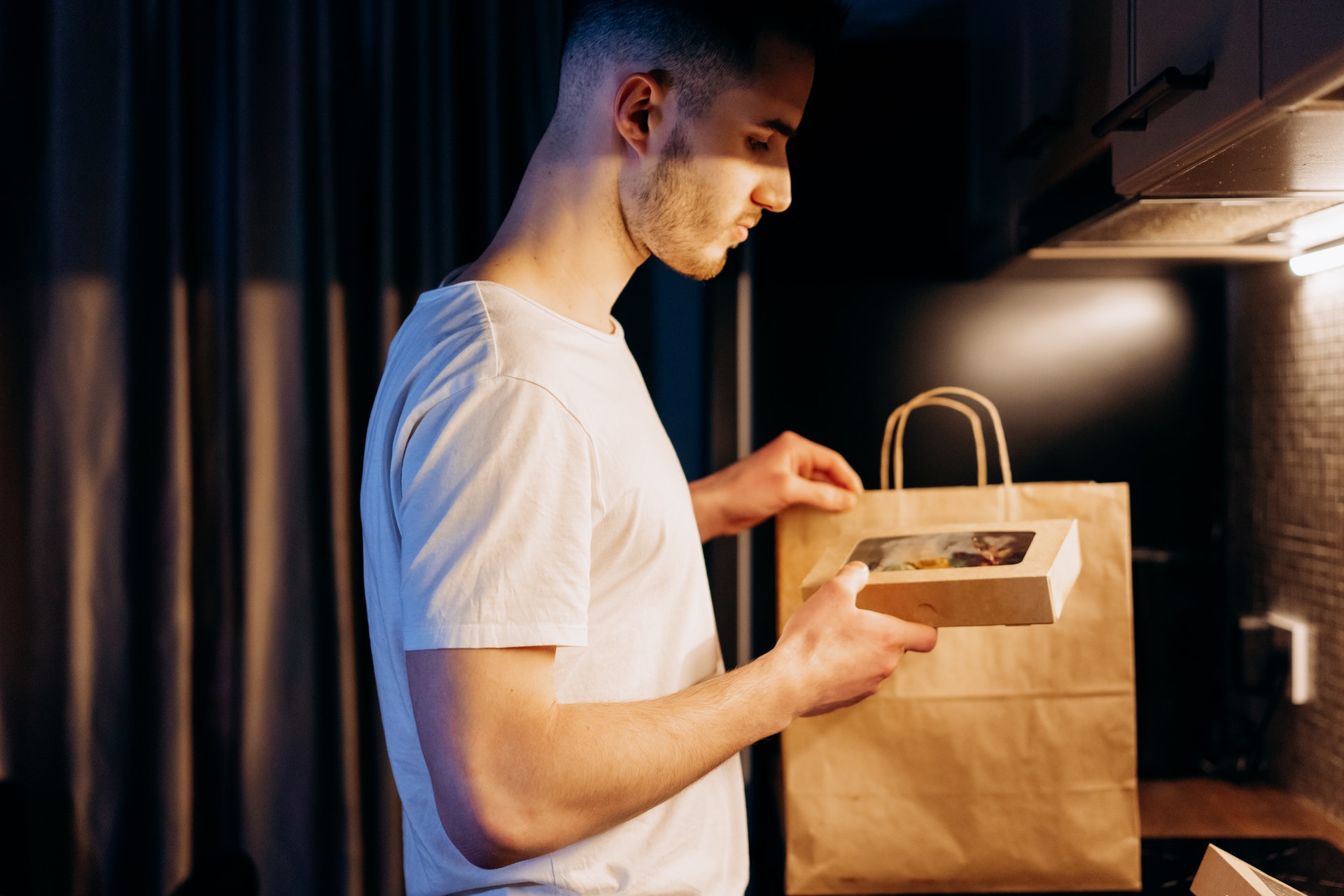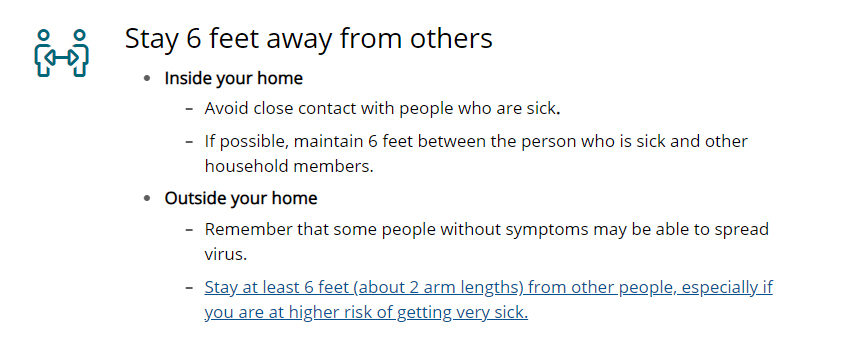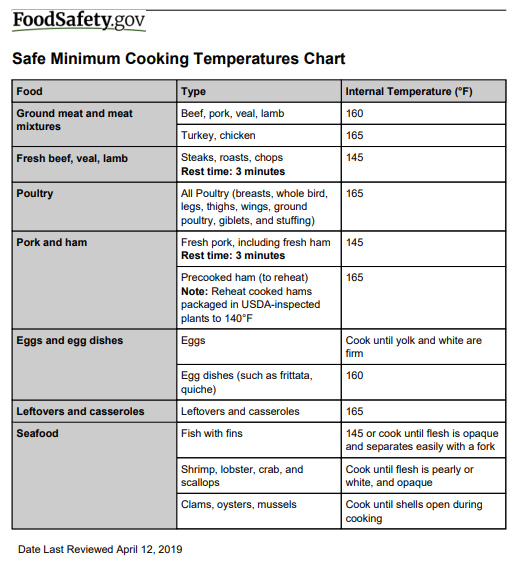
Not everyone loves to cook. And even those who do find it troublesome to cook every day. There could be many reasons behind it – people might find cooking stressful, they may have busy schedules, or the cleanup looks too dreadful. Ordering takeout meals serves as a convenient solution to this problem.
Although ordering takeout has its benefits, it also comes with certain risks. For instance, you need to keep your food hot at an internal temperature of 140 °F or above after it is prepared. If you think keeping the food warm is good enough, then no, it’s not! Simply keeping your food warm (between 40 and 140 °F) is not safe as bacteria grow rapidly between these temperatures. So, you should discard all perishable foods such as meat, poultry, eggs, and casseroles, left at room temperature for longer than 2 hours.
Here are 5 precautionary measures to make sure your takeout meal is safe for you and your family:
Before ordering takeout, make sure that the restaurant has a designated pick-up zone for customers to help maintain social distancing. The CDC recommends a 6-foot separation to avoid respiratory droplets that may carry the COVID-19 virus. Additionally, you should try to avoid peak busy hours so that there are limited people potentially coming in contact inside the restaurant.

Image Source: https://www.cdc.gov/coronavirus/2019-ncov/prevent-getting-sick/prevention.html
While ordering takeout, you can ask the restaurant to package hot and cold items separately. They can keep cold foods cold by using enough coolant materials (like gel packs) and keep hot foods properly functioning insulated cases. At home, you can use a preheated oven, chafing dishes, preheated warming trays, or slow cookers to keep your food at the right temperature. For cold foods, you should refrigerate them as soon as possible, always within 2 hours after purchase or delivery.
The CDC recommends washing your hands with soap and water for at least 20 seconds before, during, and after handling any food and before eating. Remember to throw away any wrapping and packaging used for food transport so that contamination of the food is prevented. At home, you should disinfect kitchen utensils and surfaces frequently with a cleaning solution (containing bleach), and replace hand towels, washcloths, and sponges regularly.
As mentioned earlier, you should discard all perishable foods (except cookies, crackers, bread, and whole fruits) that have been left at room temperature for more than 2 hours, and over an hour in air temperatures above 90 °F). You should refrigerate or freeze leftovers in shallow containers (or airtight containers) and label them with the date. It will help you throw out leftovers that are more than a couple of days old and avoid any foods that have expired.
When eating leftovers (especially those containing meat or poultry), remember to reheat them to an internal temperature of at least 165 °F. You can use a food thermometer to verify the internal temperature of the food and refer to a chart for minimum cooking temperatures. Try to avoid using slow cookers for reheating leftovers as they may not heat foods hot enough to kill bacteria.

Image Source: https://www.foodsafety.gov/food-safety-charts/safe-minimum-cooking-temperature
Ordering takeout is indeed convenient and helps you avoid a mess in your kitchen. However, you need to be careful of the risks associated with it. Remember to take the precautionary measures mentioned above and you can enjoy a safe and healthy meal!